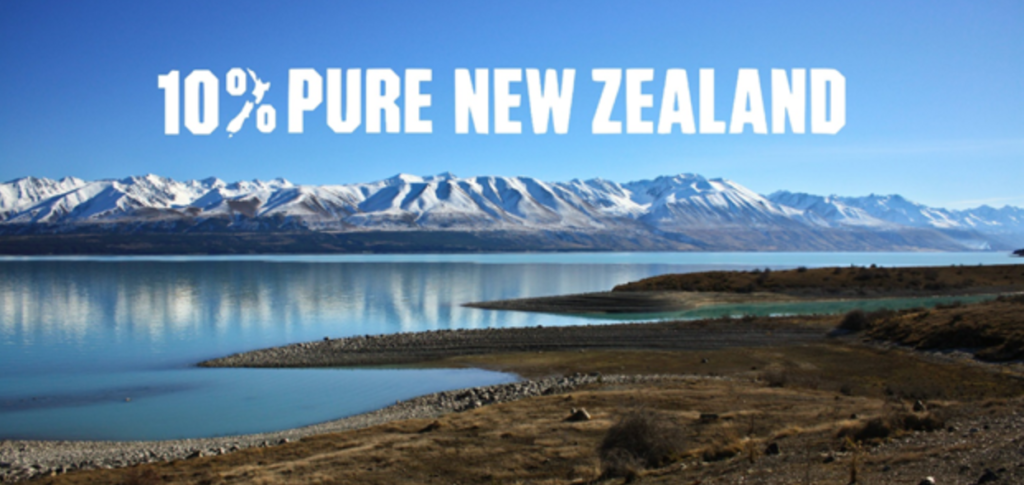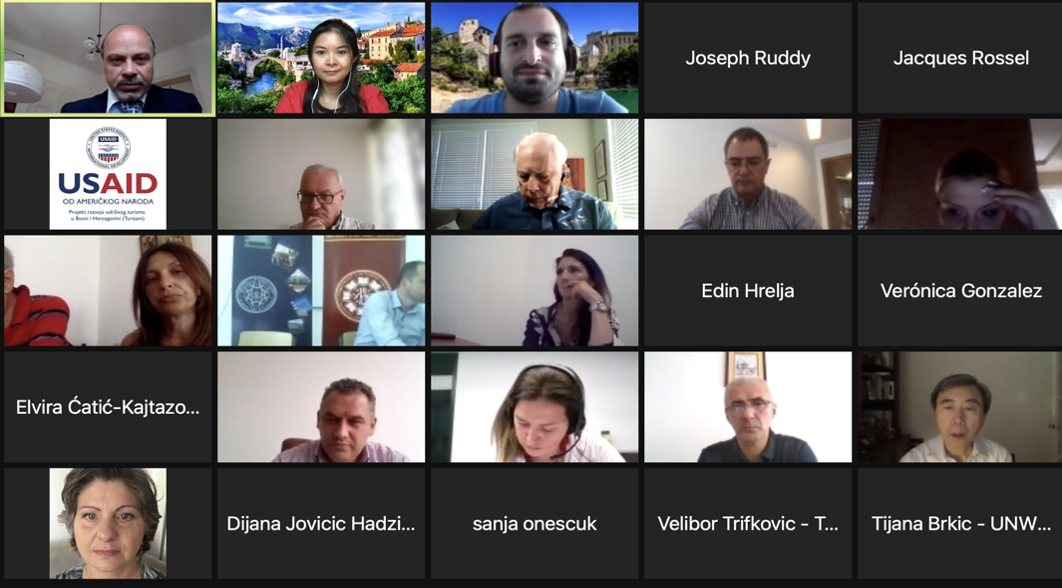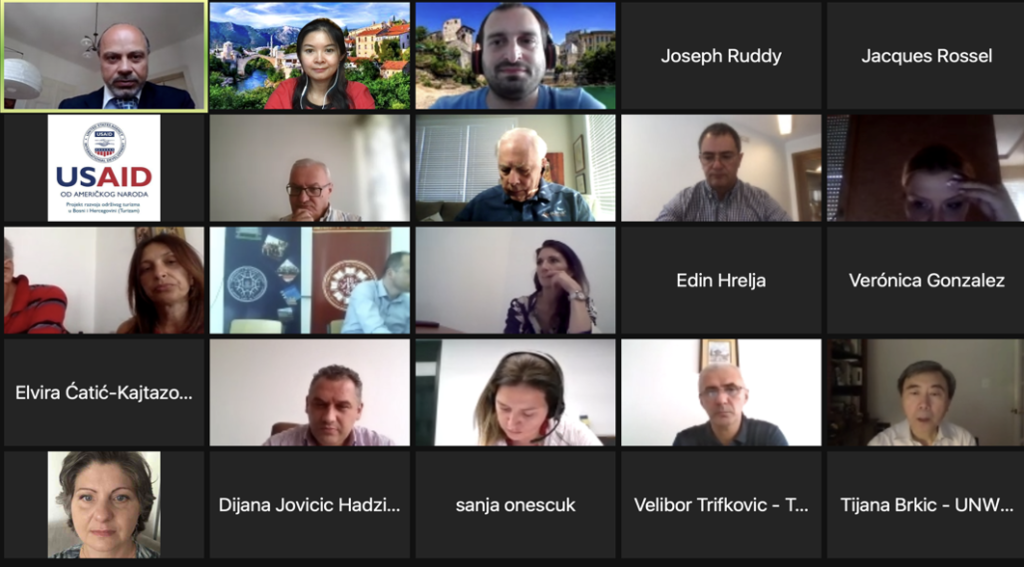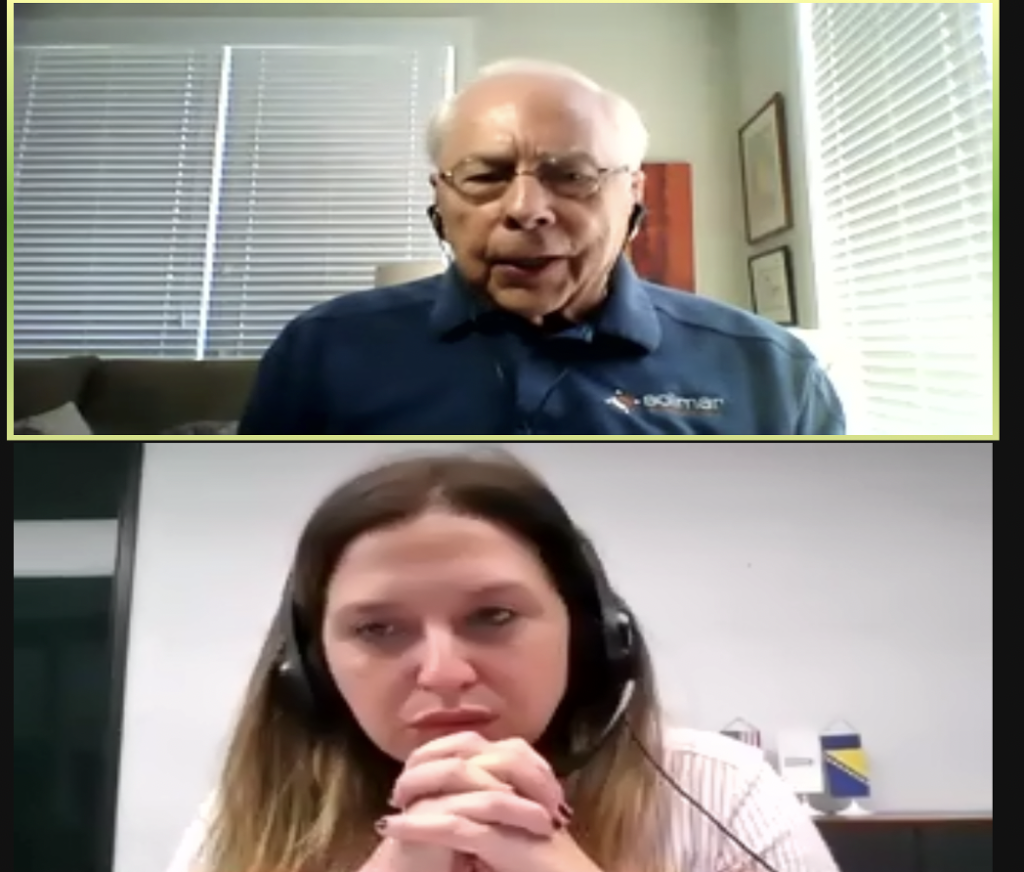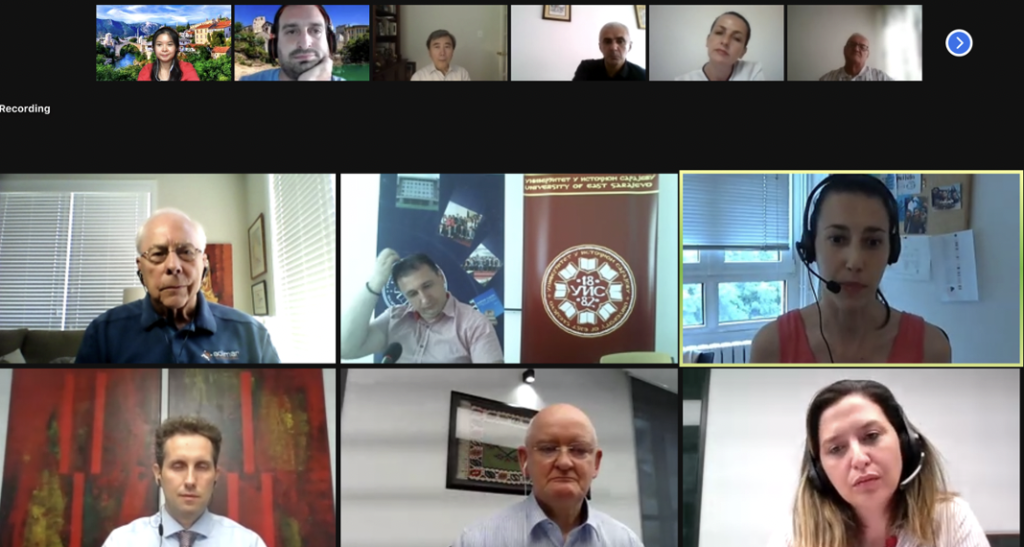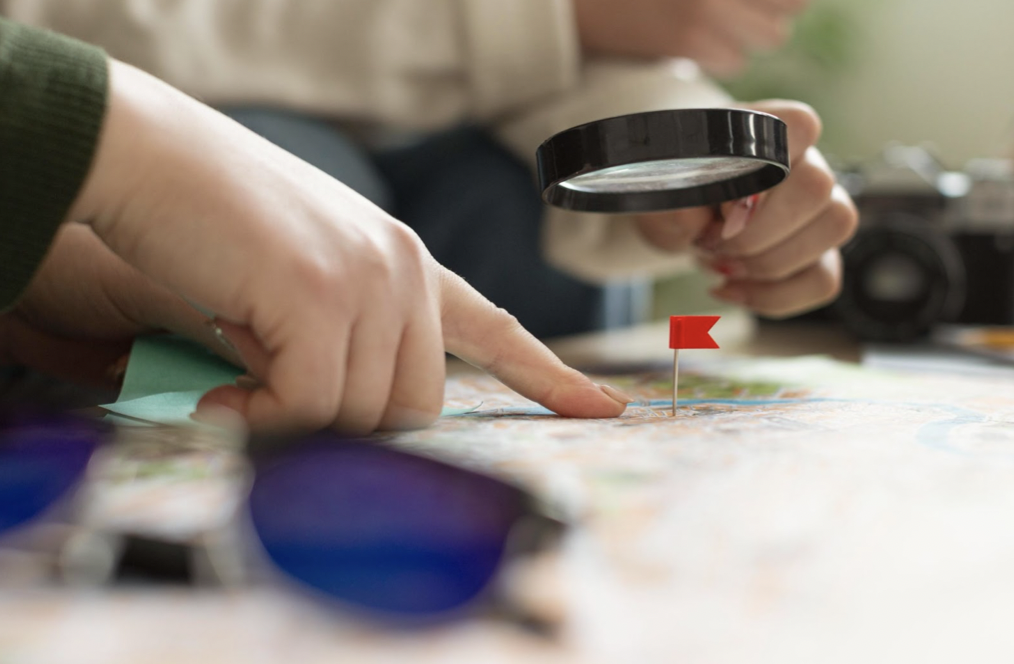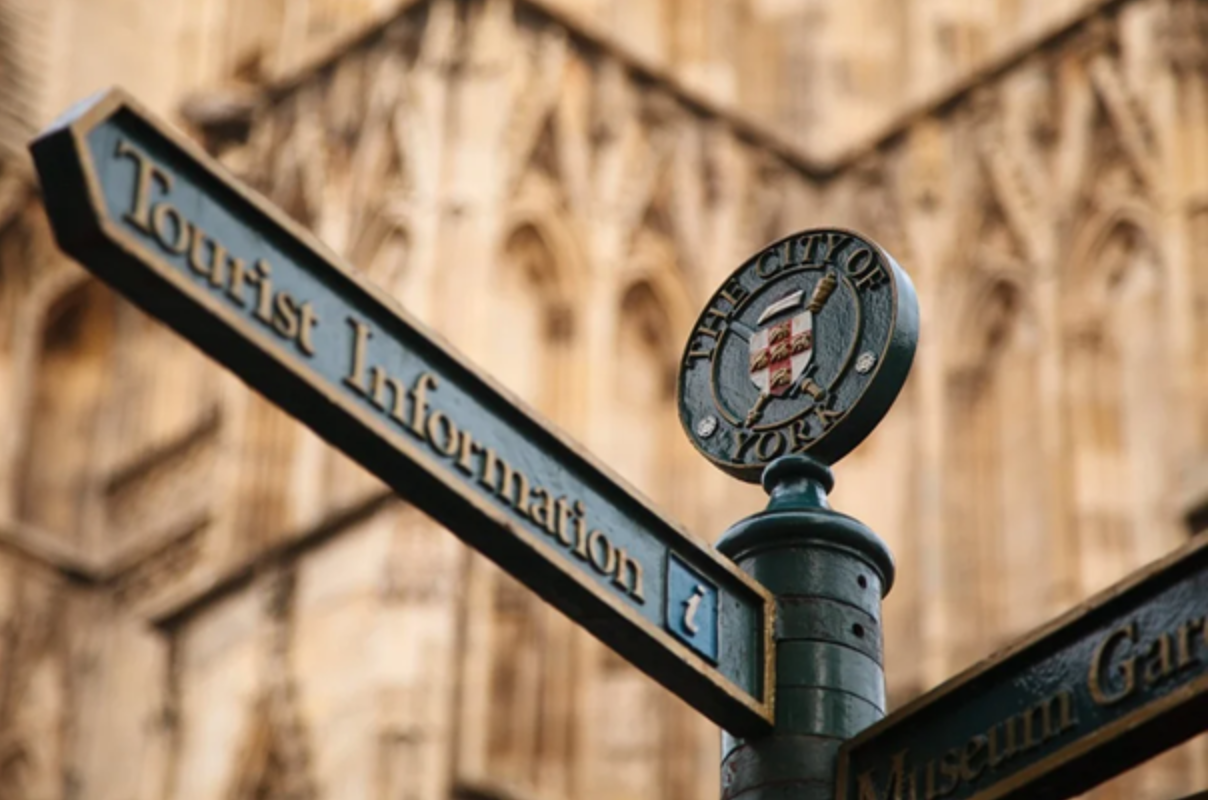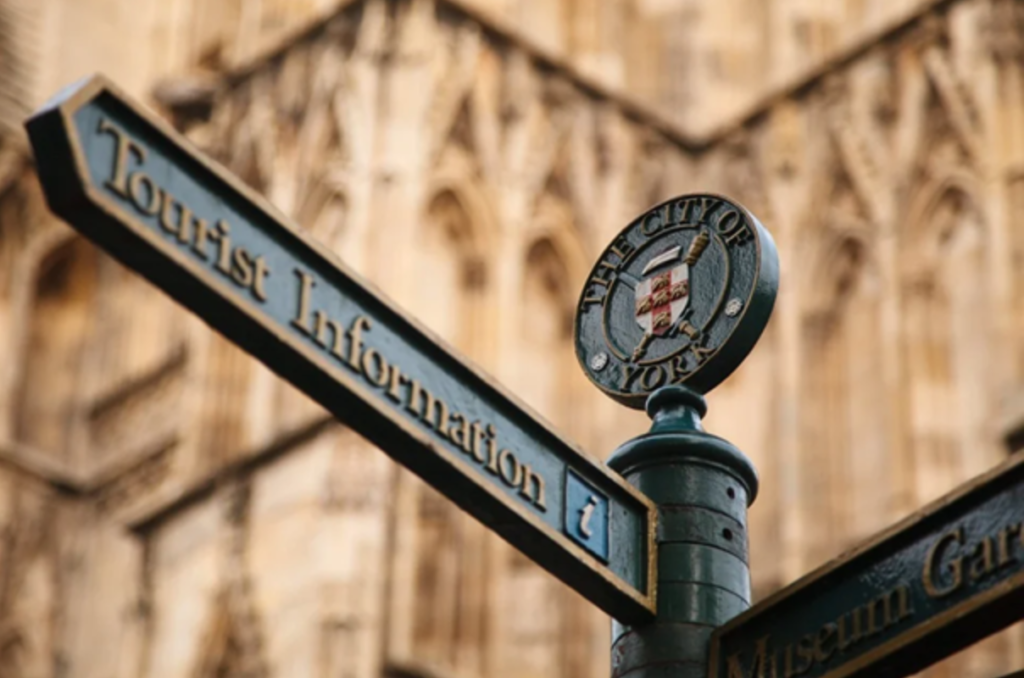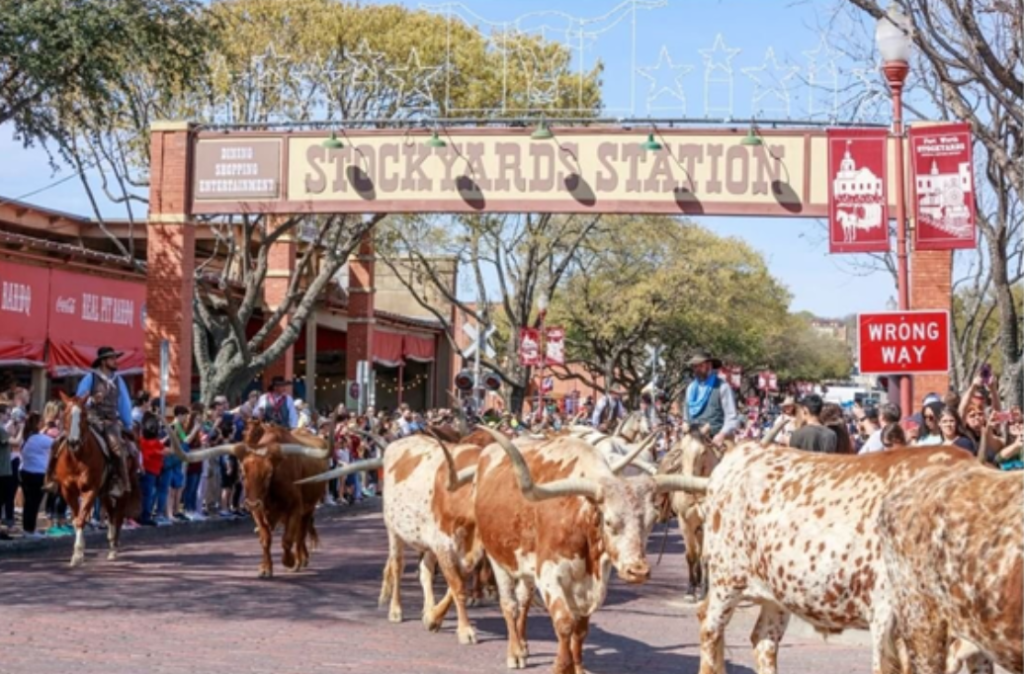What places fully embody the American essence? A Solimar team discovers top American Independence Day Destinations on a road trip
Nearly one year ago, inspired by Solimar’s ongoing Lewis and Clark National Historic Trail project, I set out with my friend Nick on a “great American road trip” to explore and rediscover our country. With the same yearning for adventure as those two great explorers, Nick and I rolled out of our hometown in southeastern Pennsylvania in a minivan overflowing with tents, sleeping bags, non-perishable food, bear spray, and clothing for all weather conditions. Six weeks later we returned to Pennsylvania with ragged beards, long, unwashed hair, dark sun tans, and, above all else, an overwhelming sense of patriotism. From the major cities to the small towns to the sprawling and beautiful national parks, the vastness and diversity of the United States is something to be proud of. Now on Independence Day, I reflect on some of the top American Independence Day Destinations that carry the spirit of our great nation.
American Independence Day Destinations #1: Philadelphia, Pennsylvania
I would be remiss to neglect my home city in this list, and anyone looking to explore the history of Independence Day must begin in Philadelphia – the birthplace of the United States. Be sure to visit Independence Hall and stand in the same room where our Founding Fathers signed the Declaration of Independence on July 4, 1776. Next door you will find the famous Liberty Bell that announced that Declaration to the people of the newly formed United States of America. Other historic attractions abound, including the house of Betsy Ross, Franklin Square, and the Museum of the American Revolution. A trip to Philadelphia will leave you with a feeling of ownership of our nation’s first weeks and years as an independent country…and also a full belly! Be sure to have a cheesesteak or two!
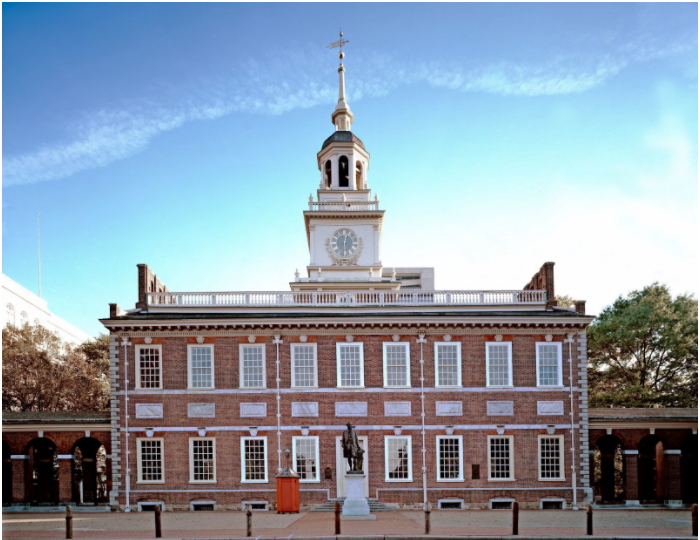
American Independence Day Destinations #2: New York City, New York
One of the most recognizable cities in the world, New York is a bastion of American culture, consumerism, diversity, and history. Love it or hate it, the Big Apple is distinctly American and a place every citizen must visit at least once (and probably more, as it is impossible to see the whole city in one stay). From historic black communities in Harlem to the unceasing energy in Times Square, Central Park to Yankee Stadium, the Statue of Liberty to the One World Trade Center, New York offers endless possibilities to its visitors. Whatever you choose to do in New York, you will leave with an increased understanding of what it means to be an American. On the Fourth of July, attractions range from the spectacular Macy’s Fireworks to the grotesque but engrossing Nathan’s Hot Dog Eating Contest. What says American Independence Day Destinations like hot dogs!
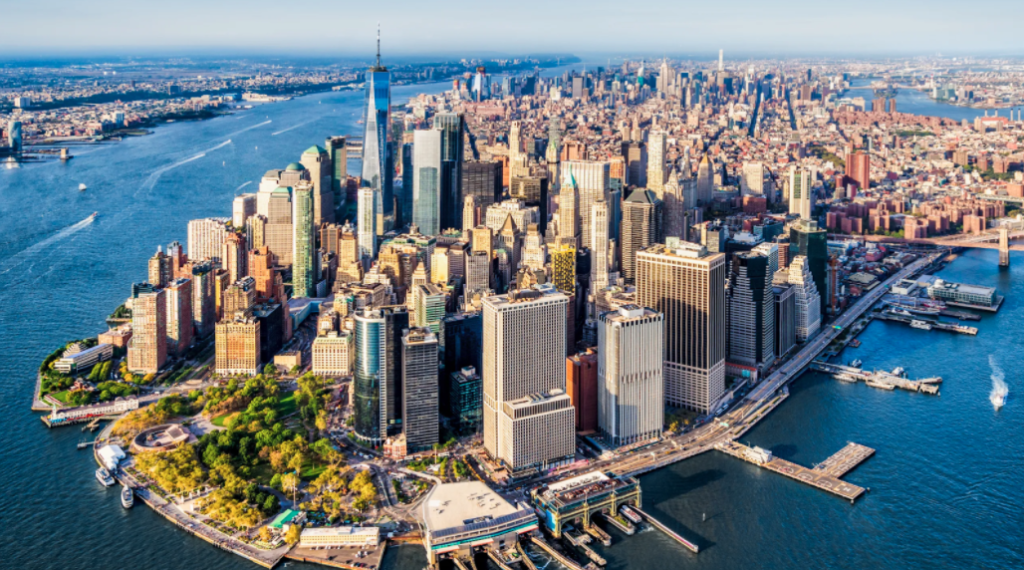
Yellowstone National Park, Wyoming
Many people (me included) find the greatest sense of national pride in nature, and there are no better places to marvel at America’s natural beauty than at some of its 423 national parks. Established in 1872, Yellowstone is our country’s (and the world’s) oldest national park. Covering a whopping 3,471 square miles, the park preserves a diverse and dramatic landscape of rivers, lakes, canyons, plains, forests, hot springs, and geysers. Exploring the park gives visitors a glimpse into the natural history of the United States, and nowhere is this more evident than observing the last free-ranging bison herd in the country. Once dotting the western plains in the millions, Yellowstone is still home to nearly 5,000 wild bison. Symbolizing American strength and resilience, an up-close look at a bison will leave visitors awestruck and humbled.
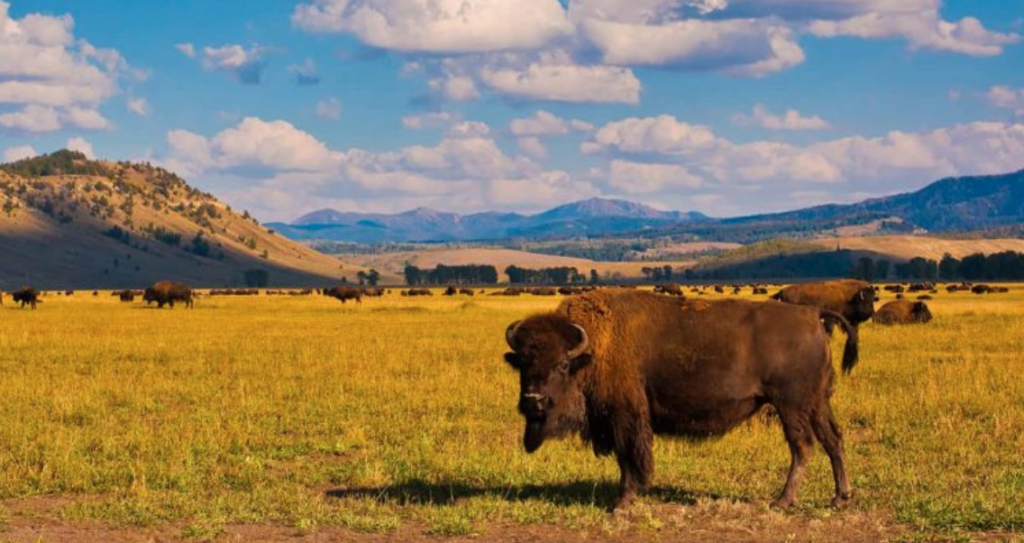
The great American Bison in Yellowstone National Park
New Orleans, Louisiana
One of the things that makes me proud to be an American is the tremendous diversity of our nation, and there is no better place to celebrate that diversity than New Orleans. French, Spanish, and Creole traditions are alive and well in the architecture, delicious food, and distinctive music of the city. This explosion of multilingual and cross-cultural influences can be found anywhere in the city, from the lively parties on Bourbon Street, to the eateries around Jackson Square and the jazz shows in Tremé. New Orleans is also home to the mouth of the Mississippi River, and it is only fitting that the waters of America’s mightiest river come to a head in one of its most unique and diverse cities – a grand finale in a long tour southwards that bisects the nation. While here, participate in some of the long-lasting structural, economic, and cultural traditions brought about by the African-American community in NoLa. Upon their forcible removal from the Senegambia region of West Africa, the first community of 5000 enslaved Africans arrived in the city in 1719. Nearly a century later with the Louisiana Purchase in 1803, New Orleans was home to 2,773 enslaved people of African ancestry and 1,335 free people of color; making up 51% of the city’s population. Of all the African-American contributions to American culture, music tops the list. New Orleans is the birthplace of jazz. Black resistance to slavery created other culturally significant legacies such as Mardi Gras, the Krewe of Zulu, Second Line Parade, and Voodoo. To fully come to grips with the history of the United States this Independence Day, it is important to acknowledge some of the darkest parts of American history and the culturally significant legacies born from fearless resistance.
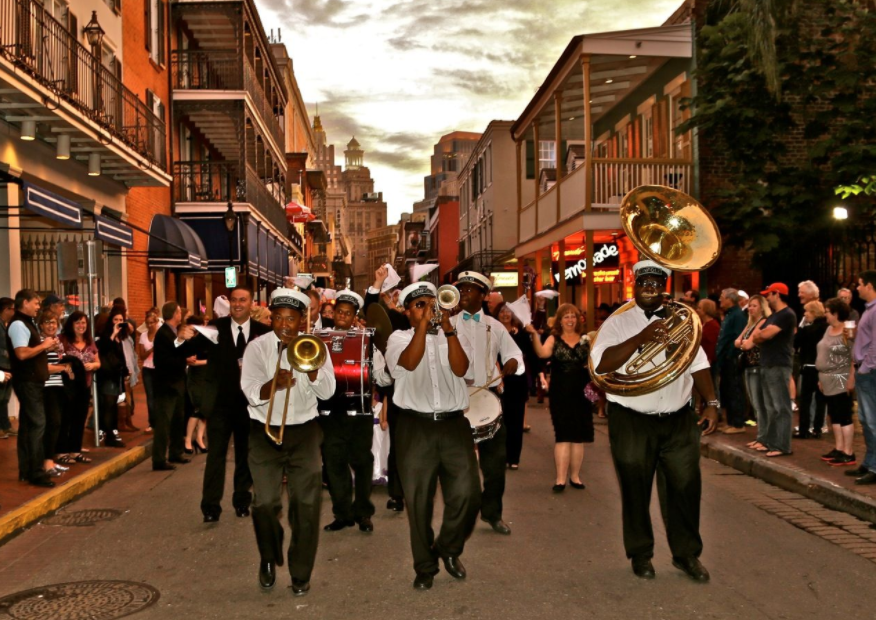
Grand Canyon National Park, Arizona
It isn’t something to be taken for granted that the United States is home to one of the seven natural wonders of the world, and the Grand Canyon certainly deserves its place on the list. Gazing across the canyon (we recommend the South Rim for the views, although the North Rim is less crowded) is a truly sublime experience. Once you convince yourself you are in fact still in the United States and not on another planet, you may catch a glimpse of a California condor soaring overhead, its record-breaking 10-foot wingspan casting a long shadow on the ground, and you will need to begin the process again of conceptualizing this otherworldly destination. Leaving the Grand Canyon made Nick and I swell with pride for living in a nation that is committed to preserving natural wonders like this one. It is one of the best American Independence Day Destinations.
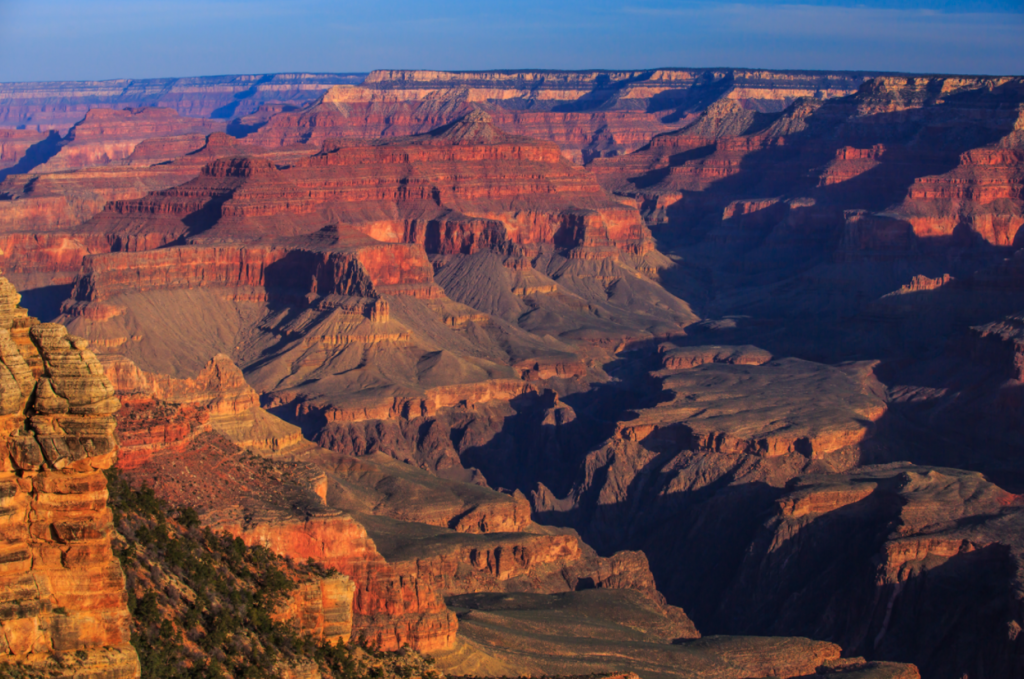
Gettysburg, Pennsylvania
On Independence Day, it is important to recognize the hardship and sacrifice that our ancestors suffered through to preserve the Great American Experiment in democracy. One of the best destinations to do this is at Gettysburg Battlefield in southern Pennsylvania. The site of the bloodiest battle in the history of the Western hemisphere, Union and Confederate forces clashed from July 1-3, 1863 around the town of Gettysburg, and the eventual Union victory marked a key turning point in the Civil War. The battlefield is pristinely preserved and complete with countless monuments, memorials, and plaques for visitors to educate themselves about the battle. Guided tours are also available, and yearly reenactments draw thousands of actors and spectators from around the country. I’ve visited Gettysburg several times and always leave with feelings of deep sorrow for the lives lost combined with immense pride that a nation whose citizens slaughtered each other for five years still stands as one. On Independence Day, the anniversary of the end of the battle now 158 years old, it gives me hope for the future of the nation.
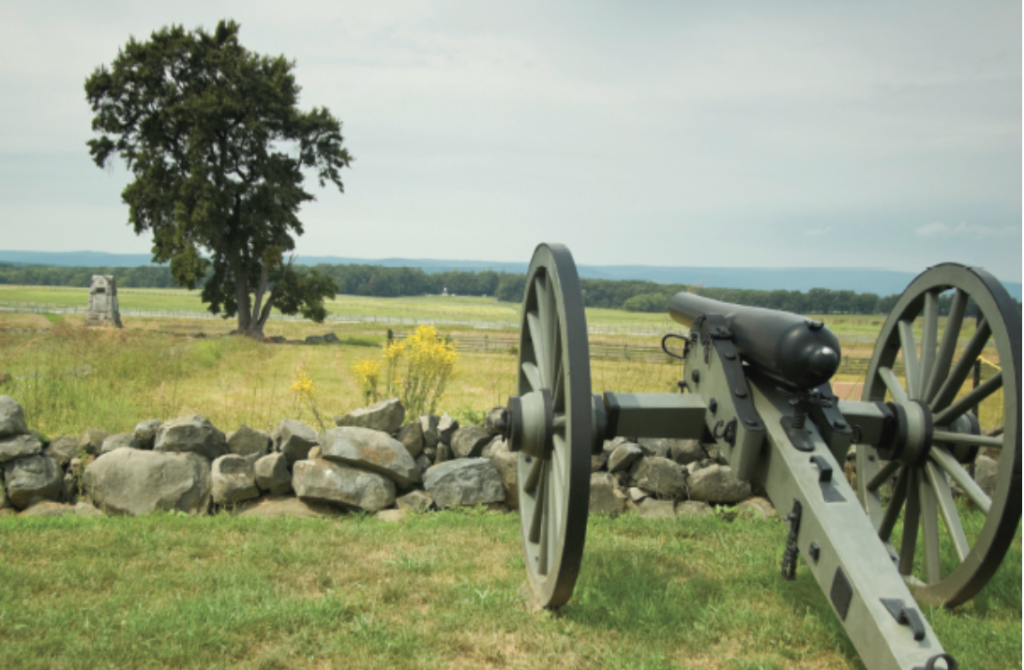
As more and more people are traveling as the threat of COVID-19 decreases, especially this Fourth of July weekend, I encourage you all to stop and reflect on the history, culture, and people that define the place you find yourself in. I guarantee there will be something about it to make you proud to be an American.


